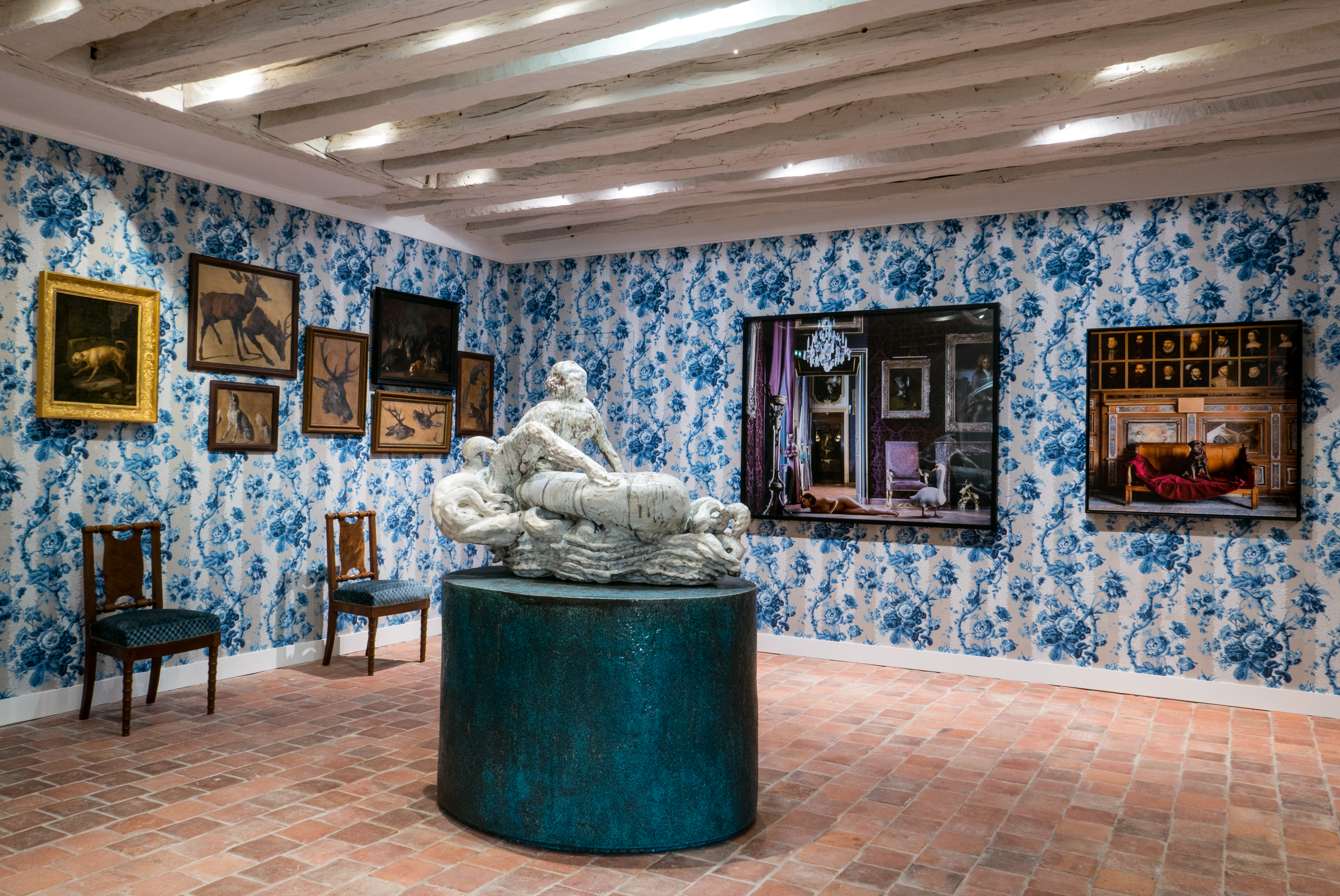History
Inaugurated by André Malraux in the Hôtel de Guénégaud (François Mansart's 17th century historic building) on February 21, 1967, the Musée de la Chasse et de la Nature was extended in 2007 to the adjacent Hôtel de Mongelas (18th century). Thanks to this renovation and extension, the museum "exposes" the relationship between man and animal through the ages (from Antiquity to the present day) and relies on the exceptional collections of ancient, modern and contemporary art assembled by the founders and constantly increased for nearly half a century. A private museum, it has been awarded the "Musée de France" label by the Ministry of Culture.
An inhabited museum, the home of an aesthetic collector, the Musée de la Chasse et de la Nature, founded in 1967 by François and Jacqueline Sommer, has in recent years, under the leadership of Claude dʼAnthenaise, its curator for 23 years, been able to shift its hunting focus to delve deeper into the relationship between man and the animal throughout history. The museography, which is deliberately singular, brilliantly plays with the mixture of genres in the heart of the historic and majestic setting of the Hôtel de Guénégaud and the Hôtel de Mongelas combined. Since 2007, the date of the first renovation, the temporary exhibitions have been as many opportunities for invited contemporary artists, to take over the premises as to dialogue with the rich and varied collections.
The permanent collections
The permanent collections are presented in an original museography associating the works of art with naturalized animals and elements of interpretation (paintings, drawings, sculptures, carpets, tapestries, silverware, ceramics, weapons, trophies, armors, furniture, art objects, installations, photographs, videos...). Conceived as a belvedere opening on the wild space, the museum allows to apprehend - in full Paris - the animal in its environment. This proposal is faithful to the spirit of the founders, that of an "art lover's house".
The temporary exhibitions
Renewed two or three times a year, and accessible to the general public without any increase in admission fees, the temporary exhibitions shed a special and complementary light on the permanent collections. If they contribute to enriching the relationship between man and animal, by calling upon the assistance of artists of our time (solicited individually or collectively), some of them also allow for both historical and artistic perspectives. A specific cultural proposal is made to the public (individuals, groups, families, schools).
Rayonnement
Acquisitions : The foundation françois sommer supports the cultural policy of the museum of hunting and nature and works to enrich its collections.
Deposits : Pursuing its policy of exchange and diffusion of works of art and culture, the François Sommer Foundation encourages the loan of works belonging to the Museum of Hunting and Nature to public and private cultural institutions.
Restorations : Preventive conservation measures and restoration operations have been carried out.
Loans : Regularly solicited for loans to exhibitions, the Musée de la Chasse et de la Nature willingly agrees, contributing to the dissemination of its image and to a better awareness of its collections, all periods included.







